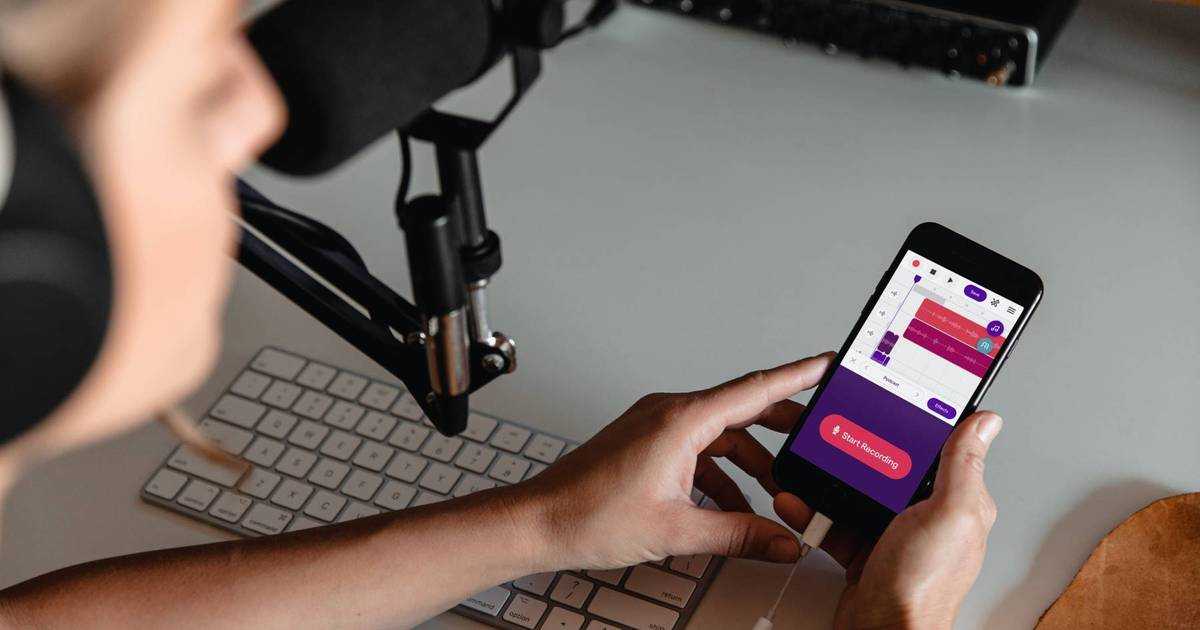Custom on-device speech-to-text, voice search, wake word, intent and voice activity detection engines enable HIPAA-compliant transcription and voice assistants. Customized voice products, such as medical transcription software, reduce errors by handling healthcare-specific terminology. Voice-enabled medical equipment creates reliable, offline, and contactless alternatives to enhance experience and usability and prevent the spread of healthcare-associated infections.
Why on-device voice recognition for HIPAA Compliance
Enterprises handling personal health-related data are hesitant to add voice features due to the unethical use of data and regulations such as HIPAA, despite the benefits. Like any other Google Cloud or Amazon Web Services products, including G-Suite or hosting services, speech-to-text, NLU, or text-to-speech should be HIPAA-compliant. Some voice AI vendors invest in ensuring HIPAA compliance. On-device voice recognition, on the other hand, ensures HIPAA compliance by not sharing data with any 3rd party. Since voice data doesn’t have to leave users’ devices, it’s easier to protect. On-device voice recognition enables enterprises to unlock the benefits of voice AI without sacrificing privacy, reliability and affordability. Developers can build Medical Equipment, Physician Facing or Patient Facing voice products with on-device speech models instead of cloud APIs.
Voice-Activated Medical Equipments
Voice technology enables completely hands-free and contactless control of medical equipment and parameters of the target environment, such as lighting and temperature. Decreasing contact is one of the fundamental ways to curb the chance of infection since the majority of the spread is through indirect and direct contact - whether it’s in the ICU, operating room, or patient room. Voice interfaces powered by Picovoice can be fully customized and continuously developed with its web platform for each type of equipment or experience. Since wireless coverage in hospitals can be highly variable, cloud-based voice interfaces intrinsically cannot deliver robust functionality. By running fully on-device, Picovoice solutions provide maximum reliability and interaction speed. Picovoice offers consistent performance and resilience in the presence of varying acoustics of a medical environment, such as excessive reverberation or noise generated by ventilators, suction devices, or other running equipment. As a lightweight technology, Picovoice uses minimal compute and storage resources, and thus can run on battery-operated and resource-constrained devices, such as wearables or pagers.
Voice-activated lighting or paging and Voice-directed surgical robots, image scans or data retrieval tools are some examples built with Picovoice
Physician Facing Voice Solutions:
Picovoice’s Cheetah and Leopard on-device large vocabulary speech-to-text solutions enable voice typing and note-taking applications. Enterprises can fine-tune speech-to-text models to understand medical specialty terminologies that are not well recognized by generic speech recognition. Since it runs on-device with no information transmitted outside the device, it is completely private, secure, and HIPAA-compliant. Eagle Speaker Recognition can be used to differentiate the speakers’ voices, so voice-typing apps can be designed to transcribe only what health care providers.
Koala Noise Suppression can remove the babble noise in telehealth applications, so healthcare providers and patients can communicate more effectively.
To maximize workflow productivity, Picovoice’s Rhino natural language understanding can be added at touchpoints between healthcare professionals and patients. For instance, checking patients in, affirming insurance, and providing assistance for individuals could be streamlined with voice, leaving physicians and nurses more time to conduct higher-priority operations. Orca Text-to-Speech can be used to read the responses generated by machines while physicians work on other tasks.
Physician note-taking & transcription and workflow automation, such as inpatient check-in services are some examples built with Picovoice.
Patient Facing Voice Products:
Inpatient and at-home care constitute a major part of patient care; integrated voice systems can handle routine tasks and immensely boost healthcare efficiency and quality of care. For example, for patients with limited movement, voice control—to open the blinds, adjust the bed position, control the television, or page a nurse—could greatly enhance the inpatient experience. Voice assistants that patients can bring back home could help them keep track of medications while keeping physicians, pharmacists, and immediate family members in the loop.
Inpatient and at-home care and monitoring, medication tracking and reminders and Bedside voice assistants are some examples built with Picovoice.
COVID-19 has increased the adoption of technology in healthcare. In 2021, US-based digital health startups raised $30B doubling $14.9B in 2020. Amazon has just announced the wider availability of Amazon Care There is still a big opportunity to address staff- and record-reliant hospital operations, maintain a sterilized environment and reduce contact to prevent infections. Picovoice’s voice solutions can respond to these needs with minimal changes to state-of-the-art healthcare technology systems without sacrificing privacy or HIPAA compliance. Reliable, connectionless, and hardware-independent, Picovoice offers speech and language understanding within medical context and terminology to assist both physicians and patients.
Work with an expert to gain a competitive edge.







